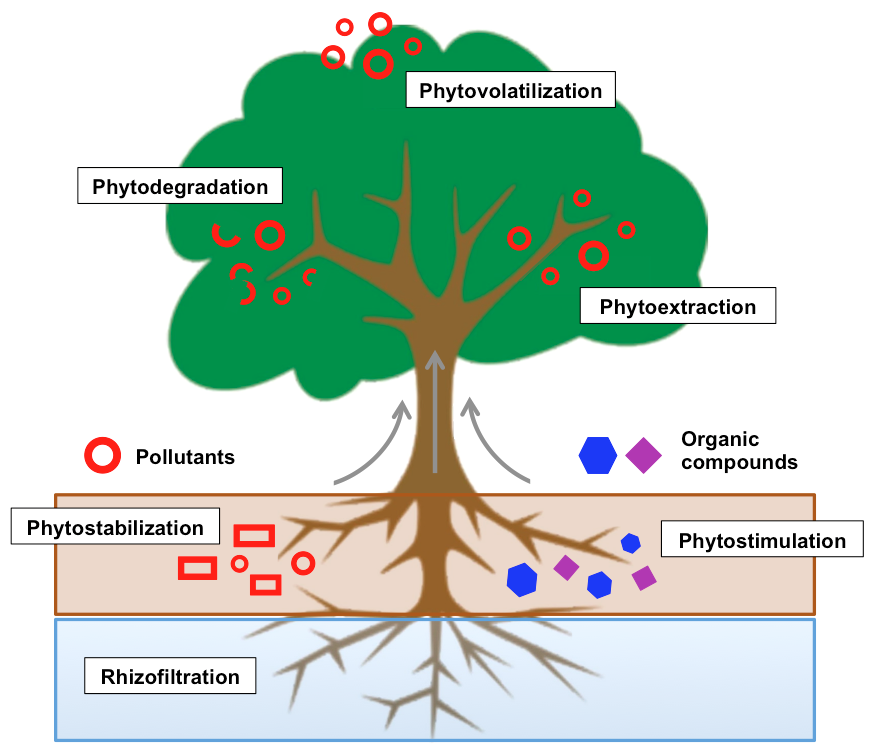Phytoremediation
Phytoremediation is the use of plants to assist in cleaning up contaminated soils. The contaminants are taken up and stored by the plant, which is then harvested and processed for whatever non-food purpose where possible.
Industrial hemp has a reputation of being a good phytoremediation agent.
“Hemp’s commercial aspects together with its ability of extracting heavy metals from the soil makes it an ideal candidate as a profit yielding crop when used for phytoremediation purposes.”
An example of industrial hemp’s use in phytoremediation include it being grown on farmland outside of Italian city of Taranto, which had been poisoned by the local steel industry.
Hemp is being used at the Chernobyl nuclear power plant in Pripyat, Ukraine to help mop up radioactivity. It was also being considered for the Fukushima nuclear disaster area in Japan to help with radiation decontamination.
The plant can also be used to address oil and diesel spills on farmland. It can be dug into the ground, where the hemp then converts the fuels to harmless substances.
Research is also being carried out in relation to the crop’s potential for addressing soil salinity.
Turning Poor Fields To Fertile
Unlike some crops, industrial hemp can give back to the land; even while it’s being grown for cash crop purposes. This can occur when retting hemp in the field for fiber and even when the plant being grown for seed; as the fallen leaves add nitrogen.
In Australia and in other countries, compacted soil caused by cropping traffic and ploughing activities are common forms of subsurface compaction. In Western Australia, it’s estimated lost crop and pasture production attributable to compaction are around $330 million a year.
Industrial has a deep tap root system in normal soil but can still grow in compacted soils, helping to repair and aerate them. In a compacted soil scenario the taproot is shorter, but the plant generates more lateral roots. These lateral roots can also help bind the soil, reducing erosion.
As hemp plants can be grown very close together, this also helps prevent the loss of topsoil.























